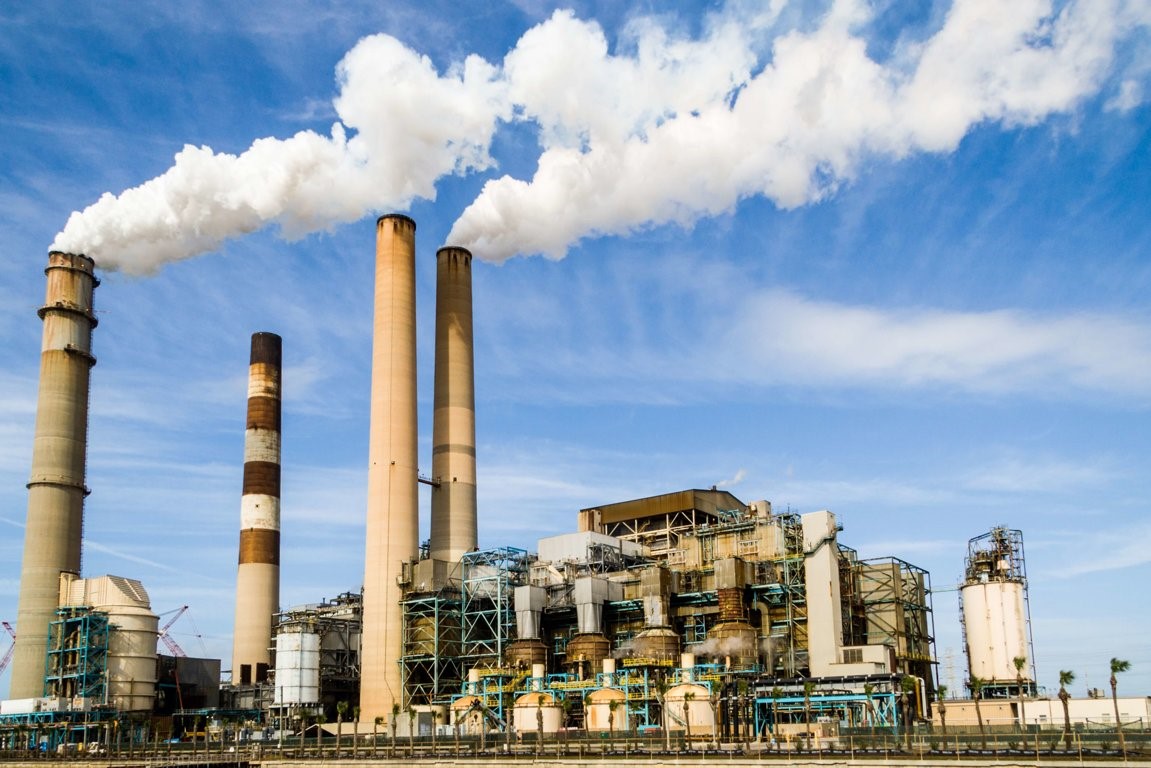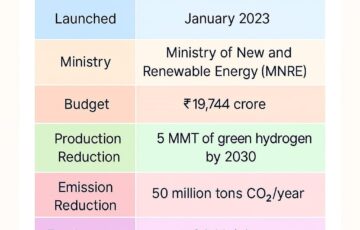Understanding Fossil Fuel Subsidies: A Global Analysis of Costs, Impacts, and Reduction Strategies
Syllabus:
GS – 3- Fossil fuels and their impact , fuel subsidy
Focus :
This article focuses on the magnitude and types of fossil fuel subsidies, their economic and environmental impacts, and global distribution patterns. It explores challenges in subsidy reduction and proposes strategies such as targeted reforms, carbon taxation, and congestion pricing to ensure a sustainable energy transition while minimizing adverse socio-economic effects.
Introduction
- Fossil fuel subsidies are a crucial factor in the global energy transition debate. These subsidies reduce the cost of fossil fuels for consumers and producers, influencing energy consumption patterns and delaying the adoption of low-carbon alternatives.
- However, the extent of these subsidies varies depending on how they are defined—ranging from direct government payments to implicit costs such as environmental damage.
- This article explores different types of fossil fuel subsidies, their global distribution, economic and environmental impacts, and strategies for reducing them.
Defining Fossil Fuel Subsidies
- Subsidies can be categorized into two broad types:
- Explicit subsidies – Direct financial support from governments to lower fossil fuel costs.
- Implicit subsidies – The societal costs of fossil fuel consumption, including air pollution, climate change, and road congestion.
1.Explicit Subsidies-Explicit subsidies involve direct government expenditures:
- Production subsidies – Governments provide financial incentives to fossil fuel producers, lowering extraction and refining costs.
- Consumption subsidies – Governments reduce prices for consumers by capping prices or providing financial assistance.
2.Implicit Subsidies-Implicit subsidies include external costs not reflected in market prices:
- Environmental damage – Climate change and air pollution-related costs.
- Health costs – Medical expenses due to pollution-related diseases.
- Road use impact – Costs from accidents, congestion, and infrastructure damage.
The Scale of Fossil Fuel Subsidies
- Explicit subsidies in 2022: $1.5 trillion.
- Total subsidies (including implicit costs): $7 trillion.
Distribution of Explicit Subsidies
- 80% of explicit subsidies go to consumers.
- 20% go to producers.
- Subsidies spiked in 2022 due to the Russia-Ukraine war, doubling from 2021.
The $7 Trillion Estimate: Breaking It Down
- Explicit subsidies (18%)
- Consumption subsidies (14%)
- Production subsidies (4%)
- Implicit subsidies (77%)
- Air pollution costs (30%)
- Climate change impacts (30%)
- Road use externalities (17%)
- Foregone VAT revenue (5%)
Country-wise Distribution of Fossil Fuel Subsidies
- Oil-producing nations provide the highest subsidies per capita:
- Saudi Arabia, Turkmenistan, Libya, Algeria – Over $500 per person.
- In some cases, subsidies exceed 10% of GDP.
- Developed nations provide moderate subsidies, typically under $100 per person.
- Developing nations (e.g., India) provide minimal subsidies:
- India (2021): $3 per person, down from $9 in 2015.
Reasons for Variability in Subsidies
- Economic structure – Oil-rich countries subsidize fossil fuels more.
- Energy policies – Some nations maintain price caps to shield consumers.
- Geopolitical events – Wars and energy crises drive temporary subsidy increases.
Economic and Environmental Impacts of Fossil Fuel Subsidies
Economic Impacts
- Government burden – Subsidies strain national budgets, reducing funds for social services.
- Market distortion – Artificially low prices discourage investment in renewable energy.
- Revenue loss – Countries forgo significant tax revenue by subsidizing fossil fuels.
Environmental Impacts
- Climate change acceleration – Fossil fuel combustion increases greenhouse gas emissions.
- Air pollution – Linked to millions of premature deaths annually.
- Ecosystem degradation – Oil extraction and coal mining lead to deforestation and water contamination.
Social Costs of Fossil Fuel Consumption
- Health effects – Respiratory diseases, cardiovascular problems, and cancers.
- Traffic congestion – More fuel use leads to increased vehicular emissions.
Reducing Fossil Fuel Subsidies:
Challenges in Reducing Subsidies
- Political resistance – Governments fear public backlash from rising fuel prices.
- Energy poverty concerns – Removing subsidies without alternatives may harm low-income groups.
- Dependence on fossil fuel industries – Job losses in coal, oil, and gas sectors.
Strategies for Phasing Out Subsidies
- Gradual subsidy removal – Phasing out subsidies while ensuring alternative energy affordability.
- Targeted assistance – Direct cash transfers to vulnerable groups instead of blanket fuel subsidies.
- Cutting tax breaks – Removing tax exemptions for fossil fuel companies.
- Incentivizing renewables – Redirecting subsidies to green energy projects.
- Carbon tax – Charging industries based on their carbon emissions.
- Cap-and-trade system – Setting emission limits and allowing businesses to trade credits.
- Fuel tax adjustments – Charging higher taxes on fossil fuels.
- Congestion pricing – Implementing charges for vehicle usage in high-traffic areas.
Case Studies: Countries That Reduced Fossil Fuel Subsidies
1.Indonesia’s Fuel Subsidy Reform
- Phased out subsidies between 2005–2014.
- Reallocated funds to social welfare programs.
- Led to reduced fiscal burden and increased renewable energy investments.
2.India’s LPG Subsidy Reform
- Shifted from direct subsidies to a targeted cash transfer system (PAHAL scheme).
- Reduced government expenditure while protecting vulnerable groups.
3.Sweden’s Carbon Tax Success
- Introduced carbon tax in 1991.
- Led to a shift from fossil fuels to renewable energy.
- Helped reduce carbon emissions significantly.
The Road Ahead: Balancing Energy Security and Sustainability
- Investing in renewable energy (solar, wind, hydro).
- Expanding energy storage and smart grids for efficiency.
- Promoting public transport to reduce fossil fuel dependence.
Policy Recommendations
- Developing nations need phased subsidy removal with safety nets.
- Carbon pricing should be globally coordinated to prevent carbon leakage.
- Public awareness campaigns are essential to gain social acceptance.
Conclusion
- Fossil fuel subsidies play a crucial role in global energy economics but come with significant economic and environmental costs.
- Explicit subsidies alone cost $1.5 trillion, while the total burden, including societal impacts, reaches $7 trillion.
- Reducing these subsidies is vital for sustainable development and climate action.
- A mix of policy reforms, targeted assistance, and investment in clean energy can ensure a just transition away from fossil fuel dependence.
Associated Article
https://universalinstitutions.com/fossil-fuel-up-2-44-non-fossil-up-10-8-in-fy24/
Mains UPSC Question GS 3
Fossil fuel subsidies create economic distortions and hinder climate action. Discuss the types of fossil fuel subsidies, their impacts, and strategies to phase them out while ensuring energy security.(250 words).





